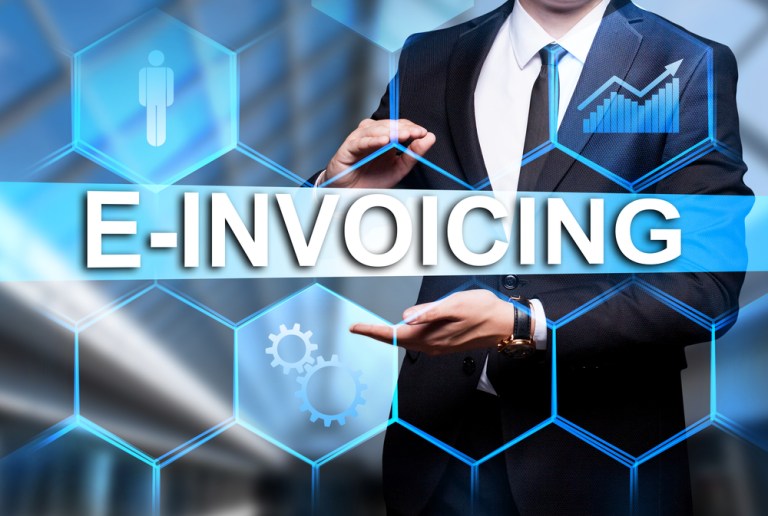
Across the Northern Hemisphere, markets have taken a gradual approach to implementing digital invoicing and B2B billing tools. That goes for both businesses and government entities, according to eInvoicing firm Billentis in its 2016 E-Invoicing: Digitization & Automation report, released Monday (June 6).
In these markets, paper invoices continue to reign. The small steps taken to digitize the invoicing and billing process — like sending invoices via PDF instead of snail mail — can only do so much to progress the corporate and government digitization efforts forward, argued the report’s author, Bruno Koch.
These incremental improvements do lead to progress — just not across the entire procure-to-pay space.
“As a consequence of this improvement, many disadvantages of conventional paper processing disappear,” Koch stated, “yet several other ones remain.”
Even with organizations emailing purchase orders and invoices or integrating scan-and-capture data tools, processes like exceptions can slow down the entire chain of business. Exceptions, Billentis stated, are still largely handled manually among businesses due to inaccurate data in B2B invoices — a problem that persists due to the limited capabilities of PDF documents and scan-and-capture tools to accurately identify and implement data.
This slow-and-steady movement towards automated procure-to-pay processes may no longer suffice in today’s market.
“In today’s erratic economy, business agility is more important than ever before,” the report concluded, adding that agility means flexibility and the ability to adapt to changing market environments. That includes disruptive technologies.
A Faster Way
Billentis pointed to markets across Latin America and Asia that seem to suggest that a drastic overhaul of procure-to-pay functions in an effort to digitize and automate the process is not only possible but more effective than a gradual, incremental approach to doing so.
Government policy can demand invoice electronification. Those bodies can then issue mandates for corporations to submit and exchange invoices electronically, for tax purposes. It’s a national-scale effort, Billentis argued, that also makes sense on the company-scale.
“The time is right to critically question the use of traditional models and shift to disruptive technologies,” Koch declared.
Across the globe, the volume of electronic invoices in 2016 is on the rise, with Latin America in the lead, handling an estimated 8 billion electronic invoices this year. In this market, as well as in Asia, tax regulators have launched national efforts to digitize invoicing and billing in the name of tax compliance.
That national scale of an eInvoice project explains why digital billing volumes are so much higher in Latin America than they are in the U.S. or Europe, expected to process 3 billion and 5 billion electronic B2B invoices in 2016, respectively.
In North America, there are company-wide efforts to digitize the billing process, and they often come in the form of accounts payable and accounts receivable automation solutions or trade finance and working capital management initiatives, Billentis found.
In Europe, the volume of eInvoices is greater than in North America because of government efforts to reduce legislative barriers to adopting digital billing solutions that remain compatible with rules across EU Member States.
Government initiatives in the EU have encouraged the development of eInvoicing service providers, which are often interconnected with each other, the report noted. Still, however, buyers and suppliers are not mandated to use electronic invoicing solutions, and Billentis labeled the EU’s eInvoicing market as “fragmented.”
What It Means For Business
Moving ahead, Billentis concluded that businesses will need to become more agile as government mandates for digital invoicing become more prevalent. This means, more than implementing an eInvoicing process, support for other digital documents, as well as accurate data capture and integration.
According to Koch, the demand for international eInvoice capabilities could balloon over the next five years or so, meaning the need to become agile (and compliant) will only increase, too.
This means stepping away from gradual moves towards digitization and the do-it-yourself mentality of many businesses that leads to in-house development of eInvoicing tools, Billentis declared.